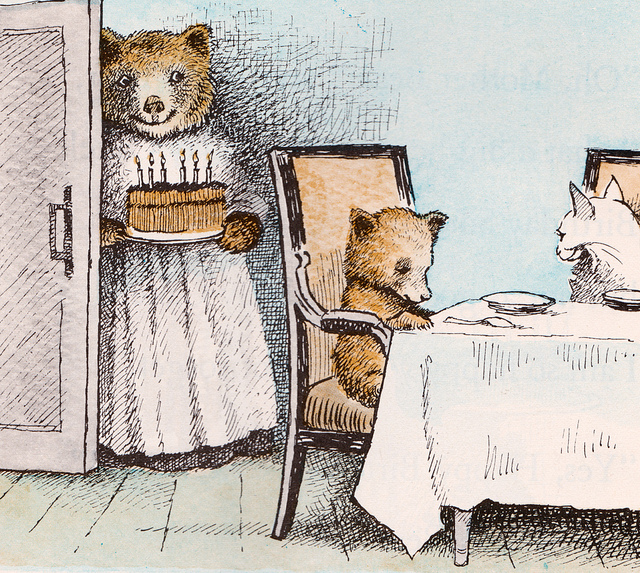Or maybe not yet.
Once again, aquaculture company Tru Shrimp has announced that they're sadly going to have to put off groundbreaking for the Madison Bay Harbor until 2024.
What could possibly have happened? After all, this facility will be "modeled exactly on what is here in Balaton. That facility will be capable of producing about 1.8 million pounds of shrimp, over 4,700 kg of chitosan, and about 600,000 pounds of pet food ingredient.”
What is chitosan? I'm so glad you asked. It's "a sugar that comes from the outer skeleton of shellfish, including crab, lobster, and shrimp. It's used as medicine and in drug manufacturing." However, there is no good scientific evidence for its use for most purposes. In fact, the words used throughout the WebMD article are "might be used for", and "possibly safe". Unless, of course, you're allergic to shellfish. (Reminds me of Barb Goffman's Bug Appetit, which was nominated for multiple awards.)
And I would love a definition of "pet food ingredient."
Now back in 2019 I wrote a blogpost about Tru Shrimp (Little Shrimp on the Prairie) where I related how me and my compadre Dark Ally went to Balaton, MN, in search of the Great Cultivated Shrimp. We found an old elementary school with 6 shrimp bobbing around in a home-sized aquarium in the lobby. There was a new construction with no windows out back, in the former school playground (?) and the lobby obviously had cameras, because a person in charge came out to try and find out who we were and what we wanted. We told him the truth: we were a couple of old snoops who wanted to know what was going on. And, after pointing out the shrimp in the aquarium, he encouraged us to leave.
Back then Tru Shrimp had already received $11 million in "incentives" (i.e., grants and loans, and nobody's talking about how much private investors have put into it). But so far all they have - still - is a lot of money and they haven't spent a penny yet, except on advertising and fundraising as far as anyone can tell. Oh, and research. Endless research.
And they don't even own the land yet: Brooke Rollag, the executive director of the Lake Area Improvement Corporation, said that the LAIC has "engaged in a land option with Tru Shrimp Madison" with Lake View Industrial Park land the LAIC owns. (SDPB) WHAT????
BTW, the Lake Area Improvement District (LAID for short, and Oh, the things I could riff about that, but this is a semi-family publication) in Madison also invested money in the company. "That money holds a convertible note that becomes stock in Tru Shrimp when the company breaks ground." (SDPB) Leading to the obvious question: STOCK IN WHAT????Also, back in 2019, Tru Shrimp promised the potential for 120 jobs and tens of millions of dollars of economic impact. Now? 60 jobs. (Dakota Free Press)
Back in 2019, I wrote, when someone asked me if I thought there was any "there" there, and I replied that I think there's just enough "there" there to cover taking millions in South Dakota money. Especially if we just give it to them. Which South Dakota did. And there's still nothing to show for it, except a sign: "Future Home of Tru Shrimp Bay Harbor"
Purely informational: The dictionary definition of Ponzi scheme is "a form of fraud in which belief in the success of a nonexistent enterprise is fostered by the payment of quick returns to the first investors from money invested by later investors."
South Dakota really needs to take to heart the immortal words of Paul Newman:
If you're playing a poker game and you look around the table and and can't tell who the sucker is, it's you.
Meanwhile, Dark Ally and I have been discussing how we can get in on the game. Not Tru Shrimp, but the amazing game of launching a new company without assets or (as far as anyone can tell) product. I mean, Jared Kushner got $2 billion or so from the Saudis for an investment firm with no assets or experience, so how hard can it be? Anyway we've come up with a new idea: Urban Buffalo.





.png)





.jpg)



.jpg)
.jpg)
.jpg)
















